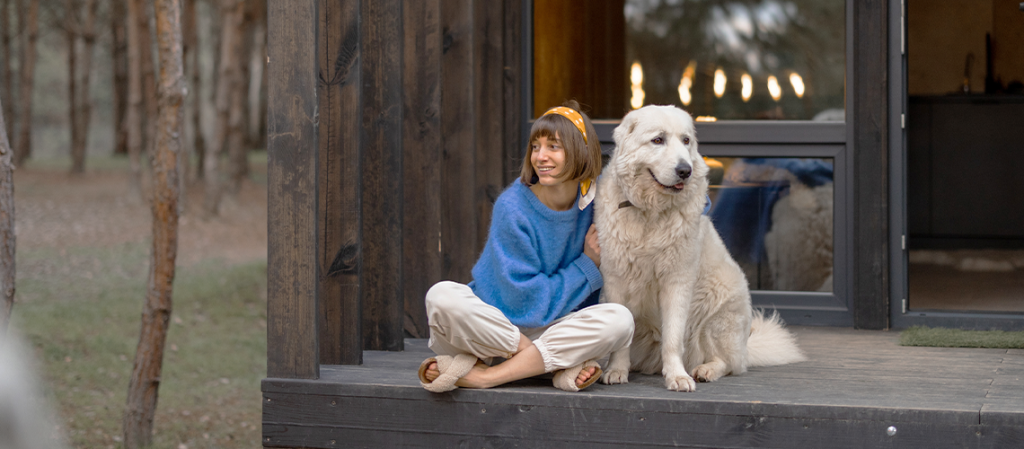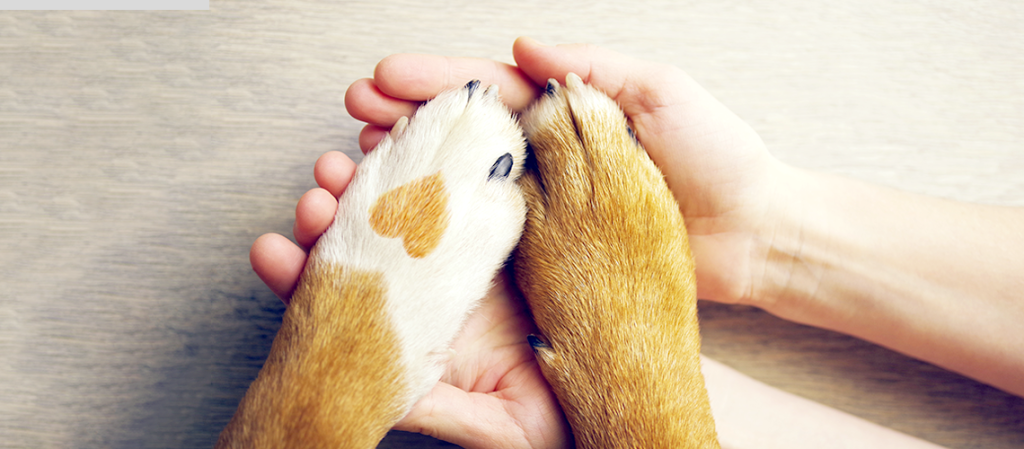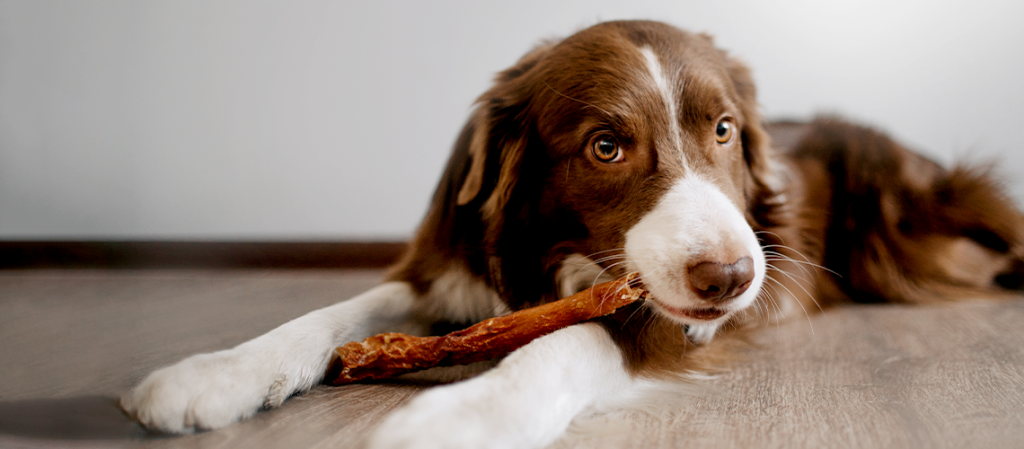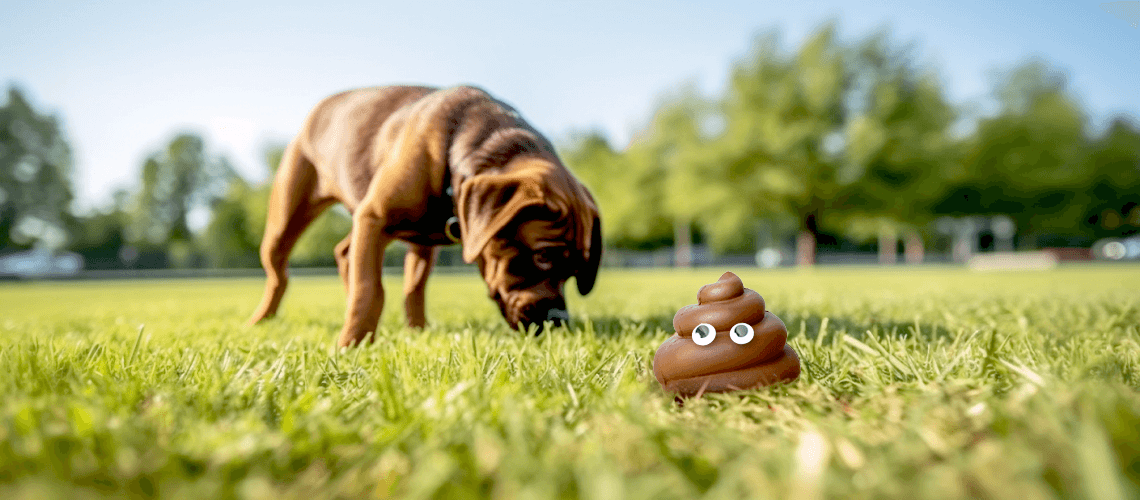Confessions of an ESA Owner: Navigating the Furry Waters Hey there, fellow pet lover! If you’re reading this, chances are you’ve got a special furry friend in your […]
Pawsome Patios: Making Your Outdoor Space a Pet-friendly Paradise!
Hey there, Pet Pals! Are you lucky enough to have a patio or balcony? It’s like having your own mini outdoor paradise. Now, if you’re also the proud […]
Healing Paws: The Power of Emotional Support Animals
They say that eyes are windows to the soul. But for many, the soulful gaze of an Emotional Support Animal (ESA) is like a lifeline during their darkest […]
The Great Debate: Rawhide vs. Non-Rawhide Dog Chews
The canine community is divided – should you buy your pup a rawhide treat or go for something without? Let’s weigh the options to help make this significant […]
The Surprising Psychology Behind Dog Poop Eating
Have you ever wondered why your pup can’t resist eating on the neighborhood’s (or even their own!) poo? Whether it’s an occasional snack or a complete feast, this […]






